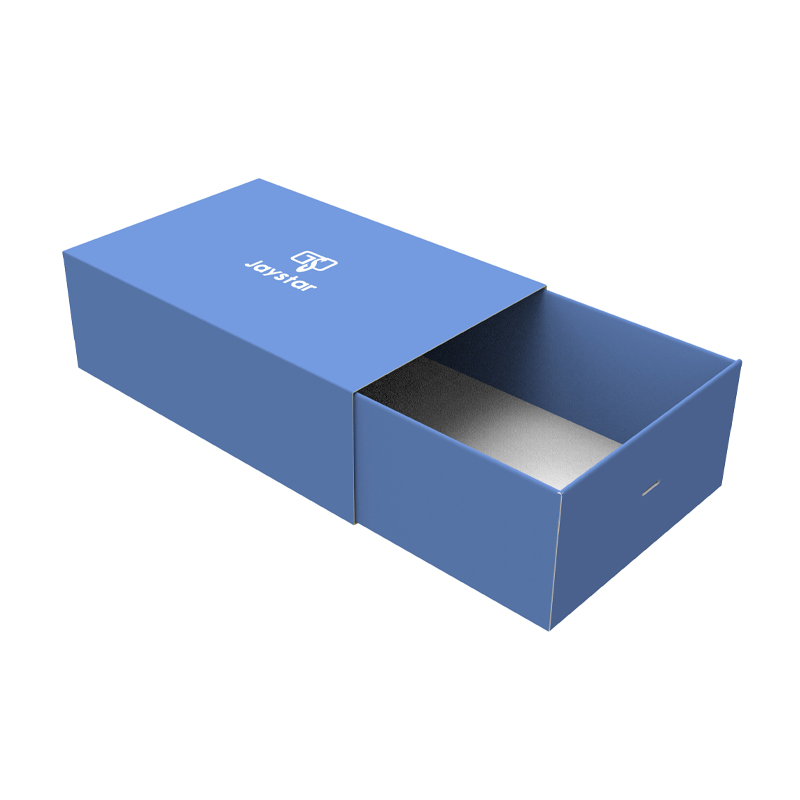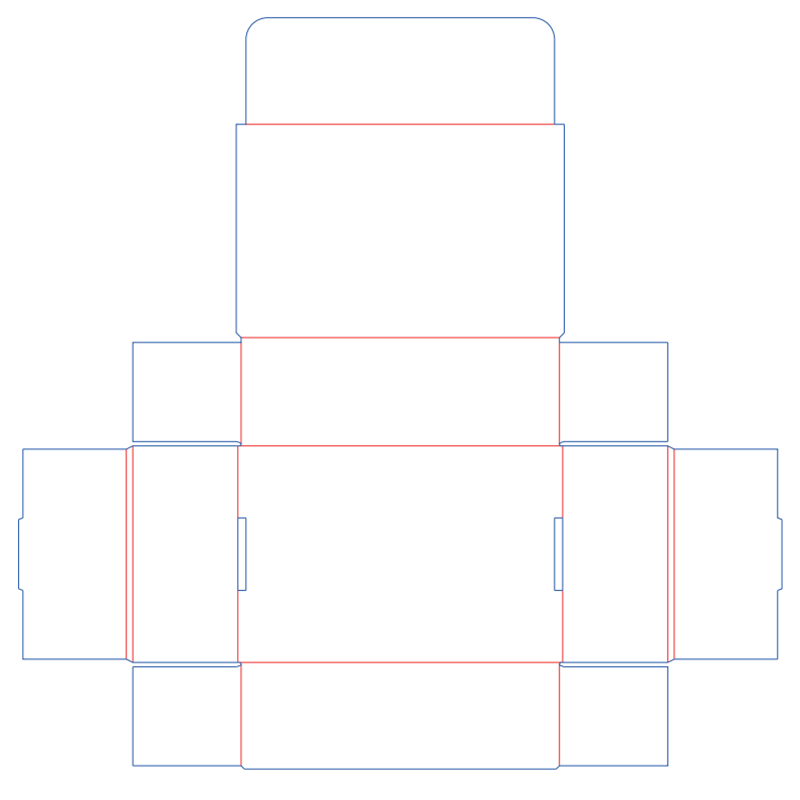Once you start, it is hard to stop!
By Marilyn Sheridan, in Lifestyle · 03 Feb 2023, 14:01 · 0 Comments Create My Own Packaging

Everybody has had a go at these at some point in their life – from simple childish ones made of bricks to complex tiny pieces that need a magnifying glass to see. Some people become addicts and are prepared to work on just one for days.
They were invented by a cartographer called John Spilsbury in the 1700s. Inside the Strong Museum of Play in New York, is one of his original jigsaws called ‘Europe Divided into its Kingdoms.’ This 1766 puzzle, which depicts a map of Europe, is widely accepted as the world’s very first jigsaw puzzle. Spilsbury created his ‘dissected map’ as he called it, as an educational tool for children, by pasting the map onto a thin mahogany board and then cutting the pieces along the geographical lines. Examples of Spilsbury’s dissected maps are rare, and only a few are known to exist in public collections.
The clever bit about his invention isn’t just the picture and how you piece it together, but the wood it was made from. Wood reacts to changes in its environment by expanding and contracting. Wood usually expands across the grain, which is usually easily seen by the growth rings. Because trees grow in a circle, the regularity of the grain in a board depends on how the board is cut from the tree. The Spilsbury puzzle has paper attached to both sides, and not only did Spilsbury pay attention to the grain of the wood for his puzzle, but he made sure that the grain of the attached paper was oriented in the same direction so that the two materials would move in tandem when responding to changes in their environment.
Early nineteenth-century puzzles were made for the children of wealthy families as educational aids and were made of mahogany or cedar. In the late 1800s, Raphael Tuck, a German furniture dealer (now better known for Christmas card production), together with his sons, took advantage of printing improvements at the time and produced jigsaws that were printed on plywood or thick card and introduced boxes with picture examples of the completed puzzle on the front.
Why is jigsaw puzzle called jigsaw?
The puzzle is so named because the picture was cut into its pieces with a jigsaw, which cuts intricate lines and curves. But this wasn’t invented until the 1880s, so before that, they were cut by hand, and were known as ‘dissected puzzles’. In the early 20th century, puzzle companies used large hydraulic cutting machines to manufacture jigsaws, but the more economical roller press manufacturing process soon took over, and, more recently, newer technology has brought the laser-cutting process into the picture.
However, a ‘puzzler’ is not the correct term - the official term that describes a person who puts jigsaw puzzles together is a ‘dissectologist’. Famous ones include the late Queen Elizabeth II, who was renowned for her preference for puzzles without a guide picture. Bill Gates is another - and in fact he and his (ex) wife were so competitive that they would buy two the same and race to see who finished first. Another is actor Patrick Stewart, who is said to frame all his completed ones.
Hardest? In 1964, American puzzle-producing company, Springbok Editions, released Convergence, a jigsaw puzzle inspired by Jackson Pollock’s painting. Despite only having 340-pieces, this puzzle was considered ‘the world’s most difficult puzzle.’
Largest ? With over 40,000 pieces, ‘Memorable Disney Moments’ is confirmed by the Guinness World Records as the largest commercially made puzzle in the world, both in number of pieces and overall size, measuring 6.7m by 1.9m and weighing approx. 20 kilos.
Smallest? The smallest jigsaws by piece size are those produced by Selegiochi (ITA). Their 99-piece nano-puzzles have shapes with an average surface area of just 0.361 sq cm. The finished size is 6.5cm x 5.5 cm – smaller than a playing card (pass me the tweezers and my glasses please).
Fastest dissectologist? Deepika Ravichandran reputedly holds the Guinness World Record for the fastest puzzle solver – she completed a 250-piece oval puzzle in just 13 mins and 7 sec – and without a guide picture!
In Lifestyle, Education - 12 Feb 2023, 17:01
In Lifestyle, Education, Entertainment, Algarve - 11 Feb 2023, 18:01
In Lifestyle, Portugal, Education - 10 Feb 2023, 09:01
We are proud to provide our readers from around the world with independent, honest and unbiased news for free – both online and in print. Our dedicated team supports the local community, foreign residents and visitors of all nationalities through our newspaper, website, social media and our newsletter.
We appreciate that not everyone can afford to pay for our services but if you are able to, we ask you to support The Portugal News by making a contribution – no matter how small.
You can change how much you give or cancel your contributions at any time.
Be the first to comment on this article
In Lifestyle, Education - 12 Feb 2023, 17:01
In Lifestyle, Education, Entertainment, Algarve - 11 Feb 2023, 18:01
In Lifestyle, Portugal, Education - 10 Feb 2023, 09:01
In Health, Lifestyle - 07 Feb 2023, 12:01
In Lifestyle, Portugal, Home & Garden - 05 Feb 2023, 18:01
In Lifestyle, Home & Garden, Property - 29 Jan 2023, 12:01
In Recipes, Lifestyle, Home & Garden, Food & Drink - 28 Jan 2023, 16:01
In Environment, Home & Garden, Sustainability - 28 Jan 2023, 14:01
In News, Business - 13 Feb 2023, 09:27
In News, Health - 13 Feb 2023, 09:00
In Lifestyle, Portugal, Events, Lisbon - 03 Feb 2023, 19:01
In Lifestyle, Portugal, Education - 03 Feb 2023, 09:01
In Lifestyle, Education - 29 Jan 2023, 16:01
In Lifestyle, Portugal, Education - 27 Jan 2023, 09:01
Send us your comments or opinion on this article.
Reaching over 400,000 people a week with news about Portugal, written in English, Dutch, German, French, Spanish, Italian, Swedish, Russian, Romanian, Chinese, Turkish, Hindi, Portuguese, Ukrainian and Urdu.

Box Goodie Bag +351 282 341 100 (Call to the national fixed network) info@theportugalnews.com